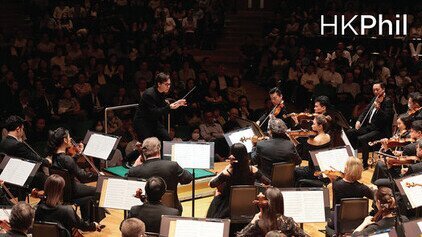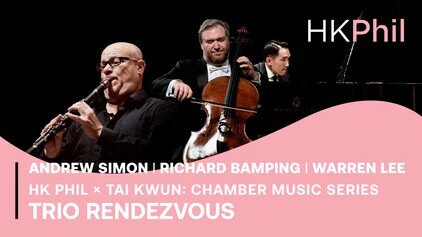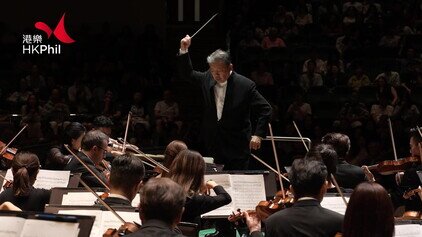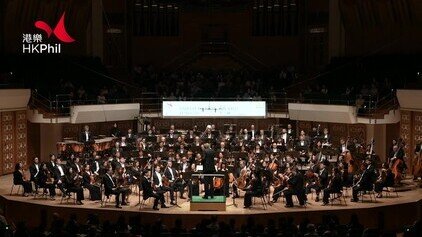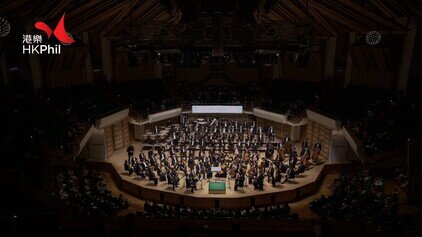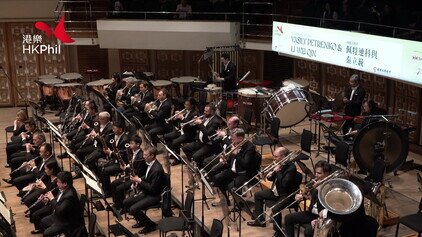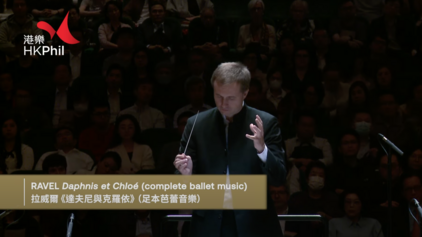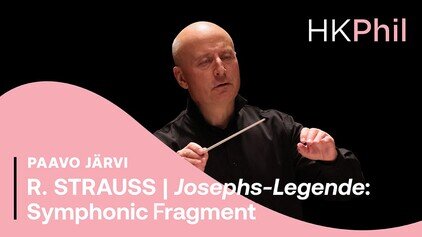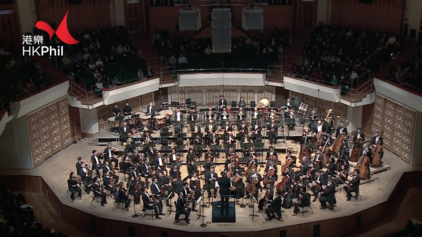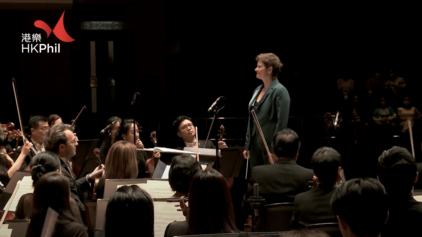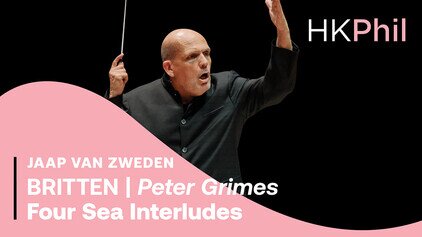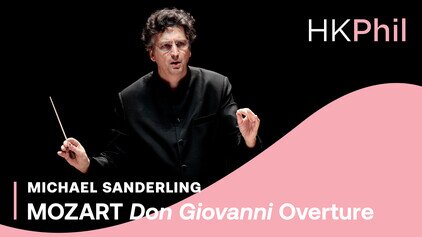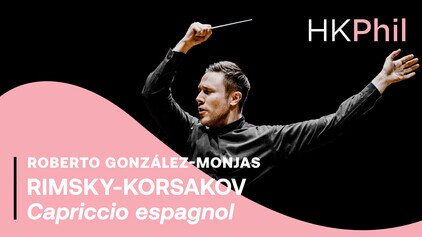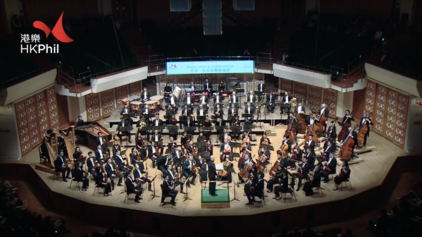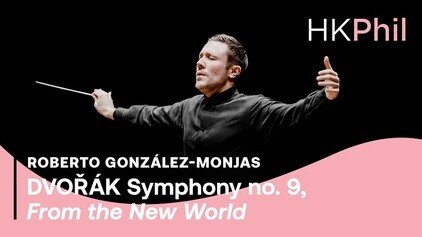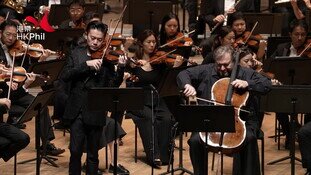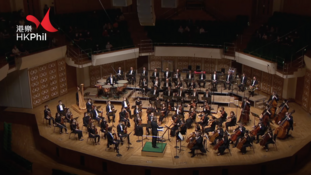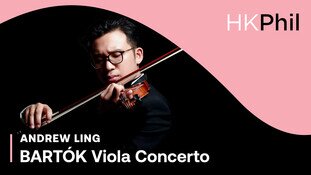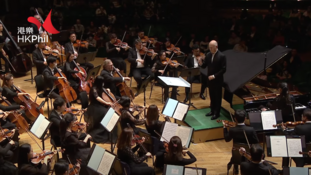BEETHOVEN | Violin Concerto
Up Next
PROGRAMME
LUDWIG VAN BEETHOVEN (1770-1827)
Violin Concerto in D, op. 61
-Allegro ma non troppo
-Larghetto
-Rondo: Allegro
Today Beethoven’s Violin Concerto is cherished as one the brightest gems of the concerto repertoire. But in Beethoven’s lifetime – and for some time afterwards – it was seriously neglected. In fact it wasn’t until the violin virtuoso Joseph Joachim took up the concerto in 1844 that its fortunes began to change. Part of the problem is that it didn’t have a lucky start in life. The concerto was premiered by its original dedicatee, Franz Clement, at Vienna’s Theater an der Wien on 23 December 1806. It is said that Clement more or less sight-read the violin part: even if he was a phenomenal player that would hardly give him time to master the concerto’s emotional and intellectual complexities. The general verdict, said one critic, was that the concerto “contains beautiful passages, but…that the context often seems broken, and that the endless repetition of unimportant passages produces a tiring effect”. In any case, how seriously did Clement take his chosen task? According to one source, in the pause between the first two movements he improvised a gig holding the violin upside-down! Significantly, when the Violin Concerto appeared in print, two years later, it bore a dedication, not to Clement, but to Beethoven’s old friend Stephan von Breuning.
Even so, perhaps we should have compassion for those bewildered critics, even for Clement himself. Not only is the concerto very long indeed by the standards of the classical era, technically it is hugely demanding, with an unprecedented amount of exposed high writing for the violin, requiring pure tone and extra pressure from the fingers. “When I composed it,” Beethoven told the violinist Ignaz Schuppanzigh, “I was conscious of being inspired by God Almighty. Do you think I can consider your puny little fiddle when He speaks to me?” It is a magnificent monument to the newly emerging Romantic spirit, in which the striving, impassioned individual can take on fate (symbolised perhaps by the might of the orchestra) and emerge victorious. At the same time there is tenderness, intimacy here. This was man who longed for a like-minded wife, a soulmate, who could release him from the spiritual isolation caused by his worsening deafness, and give him courage to persist in spite of the failure of his youthful democratic ideals. Alas, it was never to be.
THE MUSIC
All the same, the first movement begins gently, with a hymn-like theme for woodwinds, preceded by five quiet drum-taps on the tonic, D. At first these drum-taps sound like a simple introductory figure, but they turn out to be a significant motif in their own right. The orchestra presents all the main themes, with two powerful fortissimo outbursts. As the second of these subsides the soloist enters, as though in mid-phrase, leading to an exquisite high-pitched version of the first theme. The rest of this movement maintains a fine balance between lyricism and dramatic display. Which is the real heart of the matter, it seems repeatedly to ask us: quiet reflection or dramatic action?
In the slow movement lyricism prevails. The rapt, otherworldly quality of this music is enhanced by the muting of the strings, and the extreme transparency of much of the orchestral accompaniment. But at the very end, strings seize on the main theme’s opening dotted rhythm and transform it into a jagged fortissimo. A short solo passage leads straight into the Rondo finale, and one of Beethoven’s most catchy dance tunes. For most of its length the finale is buoyant and good-humoured; but after the climactic solo cadenza, there is a moment of mystery as violinist and orchestra lead quietly through a wide range of distant keys before bringing us safely back home. The coda is mostly a triumphant display, but with one little deft touch of humour left for the very end.
Programme notes by Stephen Johnson
Artist
SUPPORT THE HK PHIL'S ONLINE PROGRAMMES
The Ambassador Fund allows the orchestra to produce various online programmes, keeping our connection with the communities. The HK Phil has released over 80 online programmes and garnered over 1.5 million views since the pandemic. Your donation supports production costs incurred and helps us share music!
All Performances
Other videos in this series








